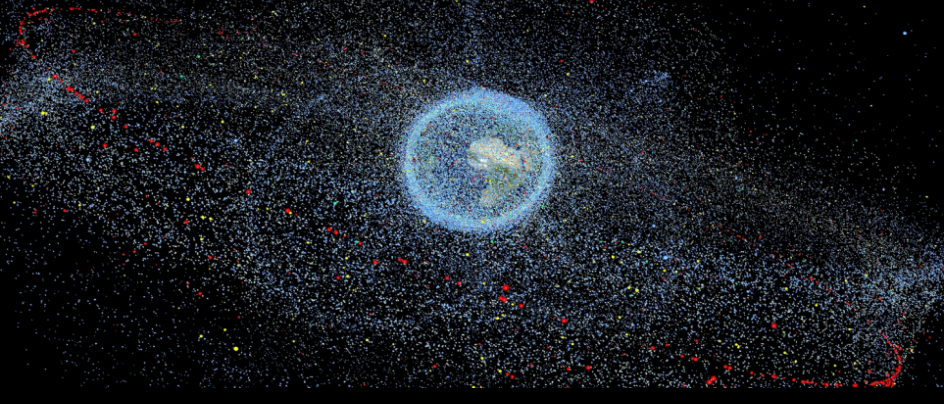Speaker
Description
Space environmental models are required for mission planning, orbit design, collision –avoidance-manoeuvre planning, and space sustainability ratings. Generally, the distribution of debris objects and micro-meteorites is modelled statistically and calibrated empirically, requiring re-calibration and validation at regular intervals.
The MASTER model provides flux estimates of orbiting objects down to the invisible range. The distribution of debris fragments can be estimated based on the observation of orbital events and using break-up models. The micro-meteorites environment is modelled as an empirical system. Observing these objects regularly and over a wide range of altitudes and latitudes has the potential to greatly improve the accuracy of statistical environmental models. Current observation techniques, however, are limited to
- counting the meteorites entering the atmosphere.
- counting impacts on spacecrafts where possible (including ISS)
- performing costly, and temporarily- and spatially-limited observation campaigns
In recent years, another source of calibration data has been gaining traction: images from space-based optical sensors. Small Earth-orbiting debris and meteorites have been detected and recorded by onboard camera instruments onboard of science spacecraft, such as those dedicated to the study of extrasolar planets. These objects leave traces of their existence in the long-exposure images in the form of streaks. Such images arose initially as a by-product of scientific missions.. however, this information can potentially be exploited to increase the fidelity of existing models and inherently improve their accuracy.
At Vyoma, we are planning to launch a small constellation of space-based optical sensors to observe and track Earth-orbiting space debris. Next to objects with sufficiently strong reflectivity and thus signature, we are expecting to observe many fragments with streaks that are too faint to determine its orbit or to correlate it with previous observations. This will produce a large pool of data, temporally and spatially distributed, to be exploited for statistical modelling.
We are studying the object sizes, properties and orbital ranges that can be covered with space-based optical sensors and how the acquired images can complement existing ground-based radars and passive optical systems for calibration of MASTER. Next to the results of this study, we propose preliminary techniques to convert optical streaks from in-situ sensors into object counts.

